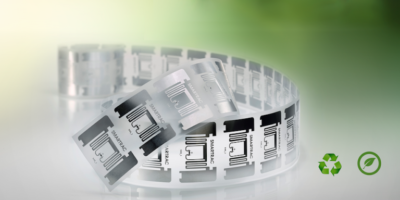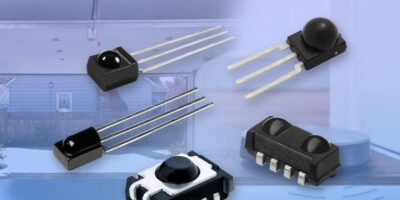Smartrac Technology Group introduces the Eagle Green tags, the latest in the company’s green tag program. The compact inlays and tags are targeted at retail-optimised applications.
Eagle Green uses plastic-free, fully recyclable paper as the substrate, foregoes adhesives as much as possible, and comes with a laser-cut aluminium antenna that allows the complete recycling of aluminium residues, resulting in a significant carbon footprint reduction. All products within the green tag programme aim to address businesses that recognise the importance of a greatly reduce environmental impact across all applications and markets.
The tags are among the smallest retail-orientated inlays with global performance available on the market. Both have passed Auburn University’s ARC categories A, B, C, D, F, G, I, K, M, Q, W2 and W5, and are available in dry and paper-tag delivery formats with a compact size of 44 x 28 mm / 1.7 x 1.1 in, which helps in the conversion for end-application usage.
Equipped with an NXP UCODE 8 IC, which shares memory size and typical IC features with NXP’s UCODE 7 IC, a self-adjust feature helps maximises product performance in challenging environments, offers improved read and write sensitivity and a fast encoding speed.
The chip has an integrated brand identifier function to prove product authenticity and a memory safeguard system to protect business data.
These tags benefit from Smartrac’s platform and data management capabilities to record and manage a complete set of unique transponder data, for example UID no, order no, batch no, or yield, at production level in a controlled and secure way. The company’s product digitisation solutions enable full traceability of delivered RFID products.
“Our new Eagle green tags not only demonstrate that Smartrac’s green tag programme is gaining momentum: it also reinforces our resolve to provide the market’s most versatile, most advanced, innovative and sustainable RFID products designed and certified for a broad range of applications,” said Hal Hikita, senior vice-president, product management at Smartrac.






